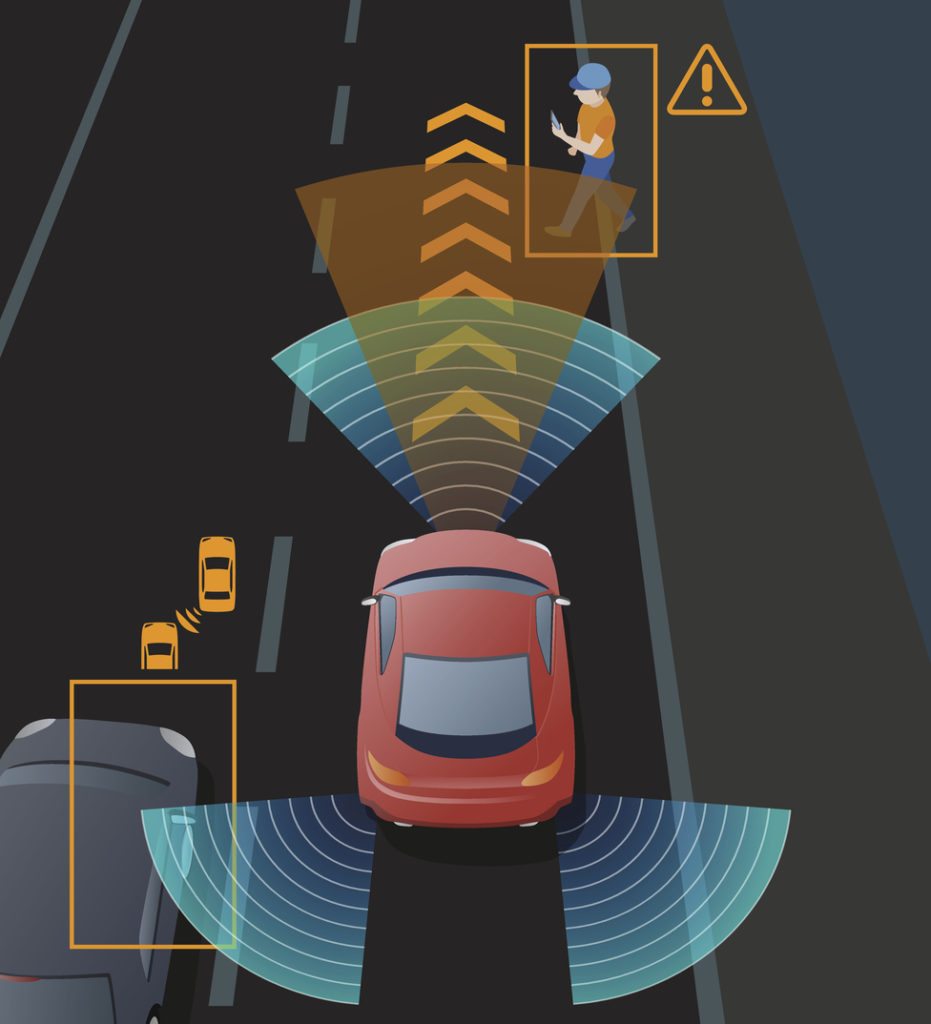When I bought a new car a couple of years ago, the one thing I felt I had to have was a blind spot monitor. I do a certain amount of highway driving, and I’ve had a few close calls when I started to change lanes only to discover that another car was lurking in my blind spot. The other drivers leaned on their horns, and I was able to veer back into my own lane in time, but I knew I might not always be so lucky.
Most of us outlive our ability to drive by six to 10 years. I’m in my 80s and I want to keep driving. I want to do it safely, and I figured a blind spot monitor could extend my years behind the wheel.
Many people my age don’t see it that way. They’re committed to the car they’re already driving and unwilling to give it up. I do understand that. A car that’s familiar is like an extension of your body, easy to drive. And if it’s been with you for five or 10 or 25 years, it must also be almost like a member of the family because so many memories are associated with it.
But studies have been done and the results are in, and it’s clear that a number of the safety features offered in new cars can save your life. If you’re not aware of what’s available, here’s a partial rundown.
Blind spot monitors: The one on my car has made a huge difference to me. When I’m about to change lanes, I flip on my direction signal, and if there’s someone in my blind spot, the car instantly dings an alarm and lights flash in my side-view mirror. That has already saved me several times from having another huge scare—or an actual accident.
On American roads, 840,000 car crashes per year are blamed on blind spots. And when Consumer Reports surveyed the owners of 72,000 vehicles of recent vintage, 60 percent said a blind spot monitor had prevented them from having an accident at least once.
That’s not surprising. Research shows that your car can travel as far as 33 feet in the time it takes you to scan four mirrors, spot a problem and react—even if you’re going just three miles an hour.
Rear cross traffic alert: My car also has one of these. The other day, I was about to back out of a parking space. With SUVs on both sides, even with the help of my rearview camera I couldn’t see whether anything was coming, but the minute I put the car in reverse, the rear cross traffic system dinged at me. I kept my foot on the brakes, and a few seconds later, a woman and child crossed behind me.
Some cars today not only have a rear warning system but will automatically put on the brakes for you if something or someone is about to cross behind you. The Consumer Reports study reported that 52 percent of the car owners surveyed said these two rearview systems had helped them avoid an accident.
Forward collision warning and automatic emergency braking: Last spring, I was riding with a friend. She is one of the best drivers I know, but a larger lunch than usual had made her sleepy. I thought she was just changing lanes until I saw that we were headed straight for a guardrail. I yelled, and she woke up and straightened the car out, but it was a close call.
If her car had had a forward collision warning system (FCW), it would have warned her that we were in danger, with noises or flashing lights, or perhaps her seat would have vibrated strongly. If she didn’t respond immediately and the car also had automatic emergency braking (AEB), it would have put on the brakes for her. Forty-seven percent of the car owners in the Consumer Reports survey said that either FCW or AEB—or both—had saved them from a crash.
In fact, cars that have both are half as likely to rear-end another vehicle as cars that have neither, according to other studies.
These four driver assistance systems are so obviously lifesaving that you’d think they’d be standard equipment—like seatbelts and airbags—in all new vehicles. And federal agencies have managed to convince 20 major automakers to pledge that by 2022, forward collision warnings and automatic emergency braking, at least, will be standard in almost every new car they offer for sale in the United States.
Lane departure warning and lane keeping assist: If my friend’s car had had a lane departure warning system, then when she nodded off and drifted from one lane into another without using her direction signal, loud sounds, flashing lights or seat vibrations would have let her know something was wrong. If she didn’t react fast enough and also had lane keeping assist, it would have nudged the car back into its own lane and applied the brakes for her.
On the Consumer Reports survey, just 31 percent of respondents said these two safety features had kept them out of trouble at least once. Some drivers complained these systems were too sensitive and were occasionally activated or took control of the car when there was no need to, and some had deactivated them.
For people my age, driver assistance systems can be lifesavers in more ways than one. Many of us go on driving for months or years after we should have given it up, because being stranded without a car or the ability to drive seems like a fate almost worse than death.
Car companies have been slow to adopt advanced safety systems. For example, in 2019, automatic emergency braking was standard in just 48 percent of new models sold in the United States. Many carmakers have offered driver assistance features only on their higher priced lines or as costly extras.
“Safety shouldn’t be optional,” says William Wallace, a safety policy advocate for Consumer Reports. “These systems should be standard on every new car … because even drivers and passengers who don’t know about these systems would benefit from having them.”
In fact, experts estimate that if every car in the United States had them, we would avoid at least 1.6 million collisions every year—7,200 of them, fatal.
It’s unlikely that every car will have them any time soon. In the meanwhile, I wish all the drivers I know and love (are you listening?) would bite the bullet and upgrade to cars with up-to-date safety.

Flora Davis has written scores of magazine articles and is the author of five nonfiction books, including the award-winning Moving the Mountain: The Women’s Movement in America Since 1960 (1991, 1999). She currently lives in a retirement community and continues to work as a writer.



